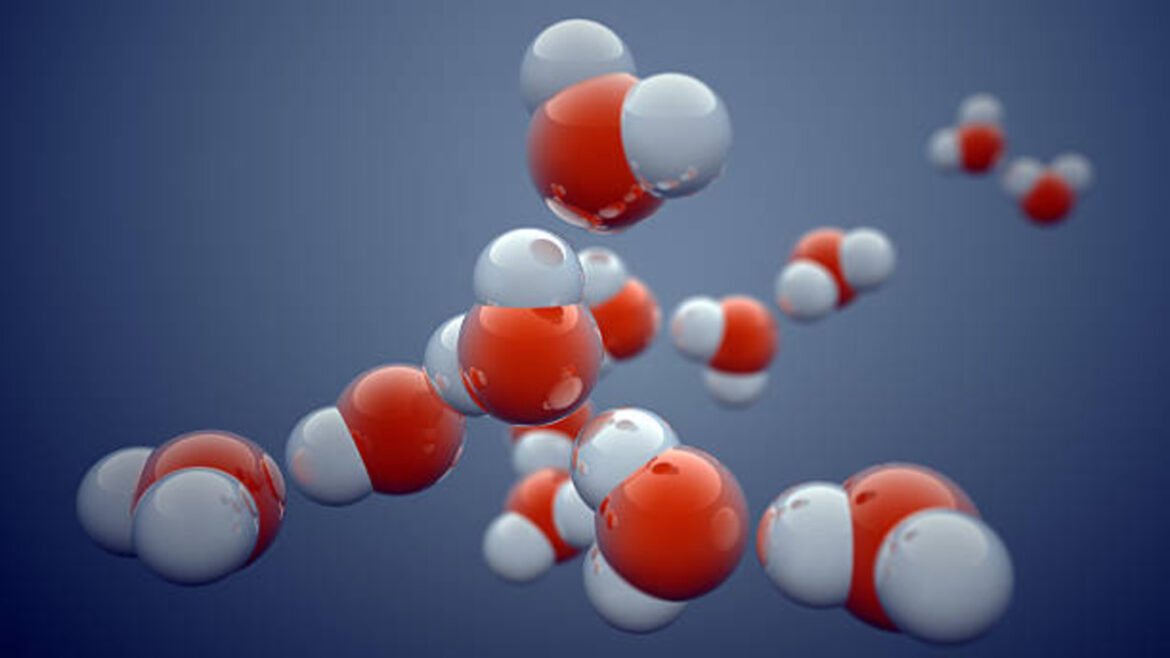
The chemical formula HCOOCH CH2 H2O represents an interesting compound that combines ester and alcohol functionalities, as well as water. In this article, we will break down its structure, explore its components, and discuss its potential applications in various fields, from chemistry to industrial use.
Chemical Structure and Breakdown
At first glance, HCOOCH CH2 H2O may seem like a simple combination of elements, but understanding its precise structure is key to appreciating its reactivity and potential uses.
- HCOO refers to a formate group (also known as the formic acid ester group). This functional group consists of a formyl group (HCO-) attached to an oxygen atom.
- CH2 represents a methylene group, a carbon atom bonded to two hydrogen atoms.
- H2O denotes a water molecule, consisting of two hydrogen atoms covalently bonded to an oxygen atom.
When these parts come together, HCOOCH2H2O represents an ester derivative of formic acid with an alcohol group (methanol or methylene group) and an additional water molecule.
Synthesis of HCOOCH CH2 H2O
The synthesis of HCOOCH CH2 H2O can occur via esterification reactions, in which formic acid (HCOOH) reacts with methanol (CH3OH) under acidic conditions. In the reaction, the formic acid donates the formate group (HCOO), and methanol contributes the methylene group (CH2). The water molecule (H2O) may form as a byproduct of the reaction under dehydration conditions.
This compound could also be produced as part of a multi-step reaction or as an intermediate in organic chemistry processes. The presence of the water molecule often suggests it might be in a hydrated state or involve a reversible reaction depending on the environmental conditions.
Properties of HCOOCH2H2O
While the detailed properties of HCOOCH CH2 H2O depend on the specific conditions of its synthesis, we can infer certain key features based on its molecular components:
- Volatility: Being an ester derivative, HCOOCH2H2O might be volatile and have a relatively low boiling point compared to larger, more complex compounds.
- Solubility: This compound is likely soluble in water and some organic solvents, owing to the ester and alcohol functionalities.
- Reactivity: It may be reactive in ester hydrolysis or transesterification reactions, where the ester bond is broken, yielding the parent acid and alcohol.
Applications of HCOOCH CH2 H2O
Although HCOOCH CH2 H2O may not be a widely known or commercially significant compound by itself, its components and derivatives have broad industrial and scientific applications.
a. Intermediate in Organic Synthesis
As an ester derivative, HCOOCH CH2 H2O could serve as an intermediate in the production of various chemicals, including fragrances, solvents, or pharmaceuticals. The methylene and formate functionalities may participate in reactions to form more complex organic compounds.
b. Agricultural Chemistry
Formic acid esters and their derivatives are often used in agriculture as preservatives or in insecticides. The structure of HCOOCH CH2 H2O may give it potential as an effective compound in pest control or as a biocide. Its ester properties might influence its interaction with other compounds in agricultural formulations.
c. Biochemical Applications
Formate esters are sometimes involved in biochemical processes, including fermentation and the synthesis of certain bioactive compounds. In the context of metabolic pathways, HCOOCH CH2 H2O could potentially play a role in the production or breakdown of organic molecules within organisms.
d. Polymerization and Materials Science
Esters and alcohols are often used in the synthesis of various polymers and materials. Depending on the chemical properties of HCOOCH CH2 H2O, it could serve as a monomer or co-monomer in the preparation of new materials for applications in coatings, adhesives, and plastics.
Potential Environmental Impacts
 Like many chemicals, the environmental impact of HCOOCH CH2 H2O depends on how it is used and disposed of. If synthesized on a large scale, it is essential to monitor its behavior in the environment, particularly regarding its biodegradability and toxicity. Esters and alcohols generally have moderate environmental impacts, especially when they are biodegradable, but it is important to consider proper disposal methods to reduce pollution and contamination.
Like many chemicals, the environmental impact of HCOOCH CH2 H2O depends on how it is used and disposed of. If synthesized on a large scale, it is essential to monitor its behavior in the environment, particularly regarding its biodegradability and toxicity. Esters and alcohols generally have moderate environmental impacts, especially when they are biodegradable, but it is important to consider proper disposal methods to reduce pollution and contamination.
You May Also Read: Telegraph247
Further Research and Development
As the understanding of HCOOCH CH2 H2O deepens, there are numerous opportunities for further research and development. Future studies could explore its potential as a building block for creating more complex compounds, its behavior in catalytic reactions, or its utility in sustainable chemistry practices. Research could focus on:
- Catalytic Reactions: Investigating how HCOOCH CH2 H2O interacts with various catalysts could open up new pathways for its use in the production of biofuels or the synthesis of pharmaceutical intermediates.
- Bioengineering and Biotechnology: The ester functional group in this compound might make it useful in biotechnology applications, such as microbial fermentation processes or enzyme-driven reactions, potentially contributing to greener industrial processes.
- Environmental Impact Assessments: As with many chemicals, it is important to evaluate the environmental persistence and potential toxicity of HCOOCH CH2 H2O in different ecological contexts. Understanding how the compound behaves in nature, particularly its biodegradability and effects on aquatic or soil systems, could lead to safer industrial applications.
- Optimization of Synthesis Methods: Research into optimizing the synthesis of HCOOCH2H2O through green chemistry methods (i.e., using renewable feedstocks and minimizing waste) could help make its production more sustainable and environmentally friendly.
Integration into Industrial Processes
The integration of HCOOCH CH2 H2O into existing industrial processes could take various forms. With its ester and alcohol groups, this compound could serve as a key ingredient in the production of certain biodegradable plastics or as a surfactant in detergents. Potential areas for its industrial application include:
- Renewable Energy: The compound might serve as an intermediate in the production of biofuels, particularly if it can be derived from renewable biomass sources. Its ester group could be used in the creation of biodiesel or as a solvent in biofuel refining.
- Cosmetic and Pharmaceutical Formulations: Due to the chemical nature of esters, HCOOCH CH2 H2O may also find a place in the formulation of cosmetic products or drug delivery systems. Esters are often used in perfumes, moisturizers, and topical ointments due to their pleasant scent and skin-friendly properties.
- Food Industry: Esters like the formate group are commonly used as flavoring agents in the food industry. If HCOOCH CH2 H2O exhibits desirable flavor profiles or is non-toxic in small concentrations, it may serve as an additive in certain food products or beverages.
Comparing HCOOCH2H2O to Other Esters
To understand the potential of HCOOCH CH2 H2O, it is helpful to compare it with other esters that are already widely used in the industry. Many esters, such as ethyl acetate or methyl formate, are known for their solvent properties and pleasant smells. HCOOCH CH2 H2O could be a unique variation, with its specific combination of formate and methylene groups offering distinct characteristics, including:
- Solubility: The compound may have enhanced solubility in certain organic solvents or water, making it a versatile option for various applications.
- Reactivity: The presence of a water molecule alongside the ester group may allow it to participate in reversible reactions or serve as a catalyst in ester hydrolysis, making it valuable in dynamic chemical processes.
Conclusion
While HCOOCH CH2 H2O may not be a widely recognized compound, its molecular structure suggests versatility in various chemical reactions and applications. By examining the ester functionality and the presence of water, we gain insight into its potential as an intermediate in organic synthesis, its reactivity in hydrolysis and esterification, and its usefulness in a range of industries from agriculture to materials science. Further research and exploration of this compound could uncover even more applications, making it an intriguing molecule in the world of chemistry.


